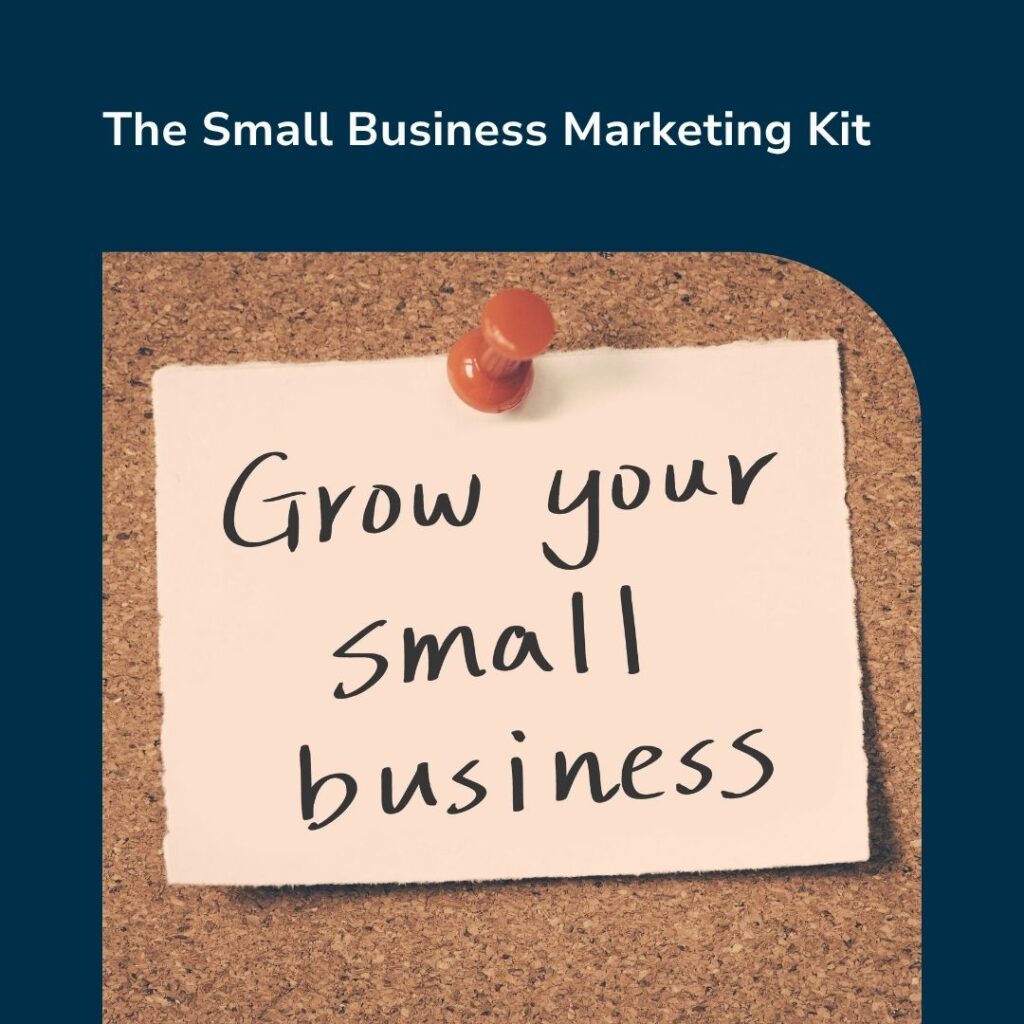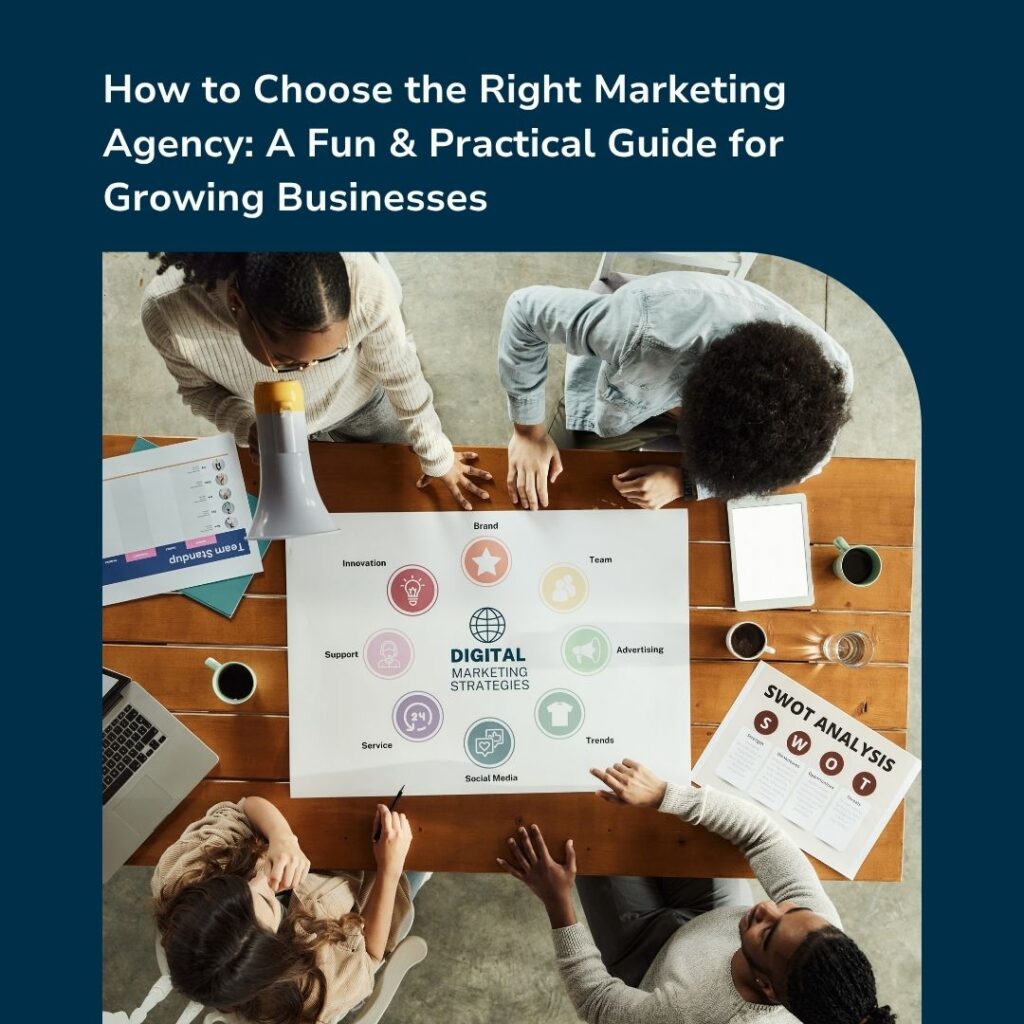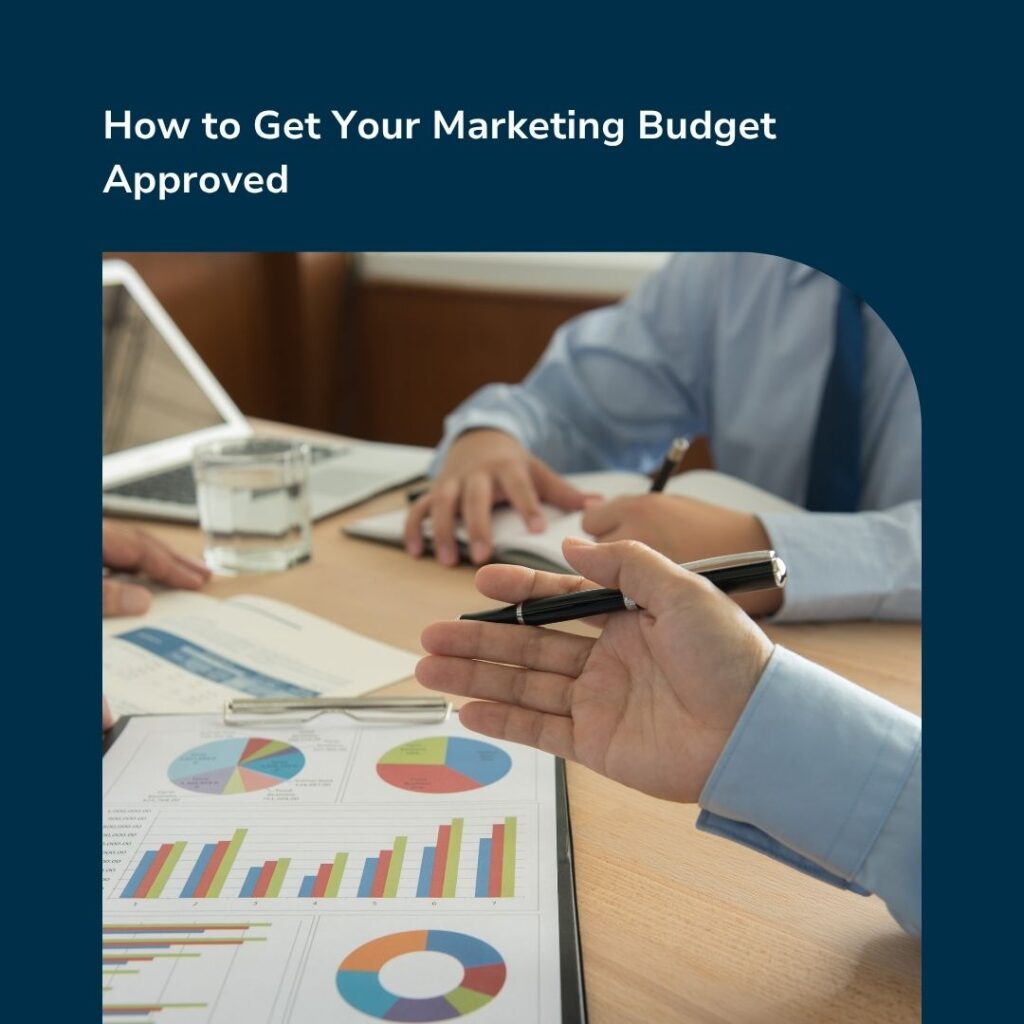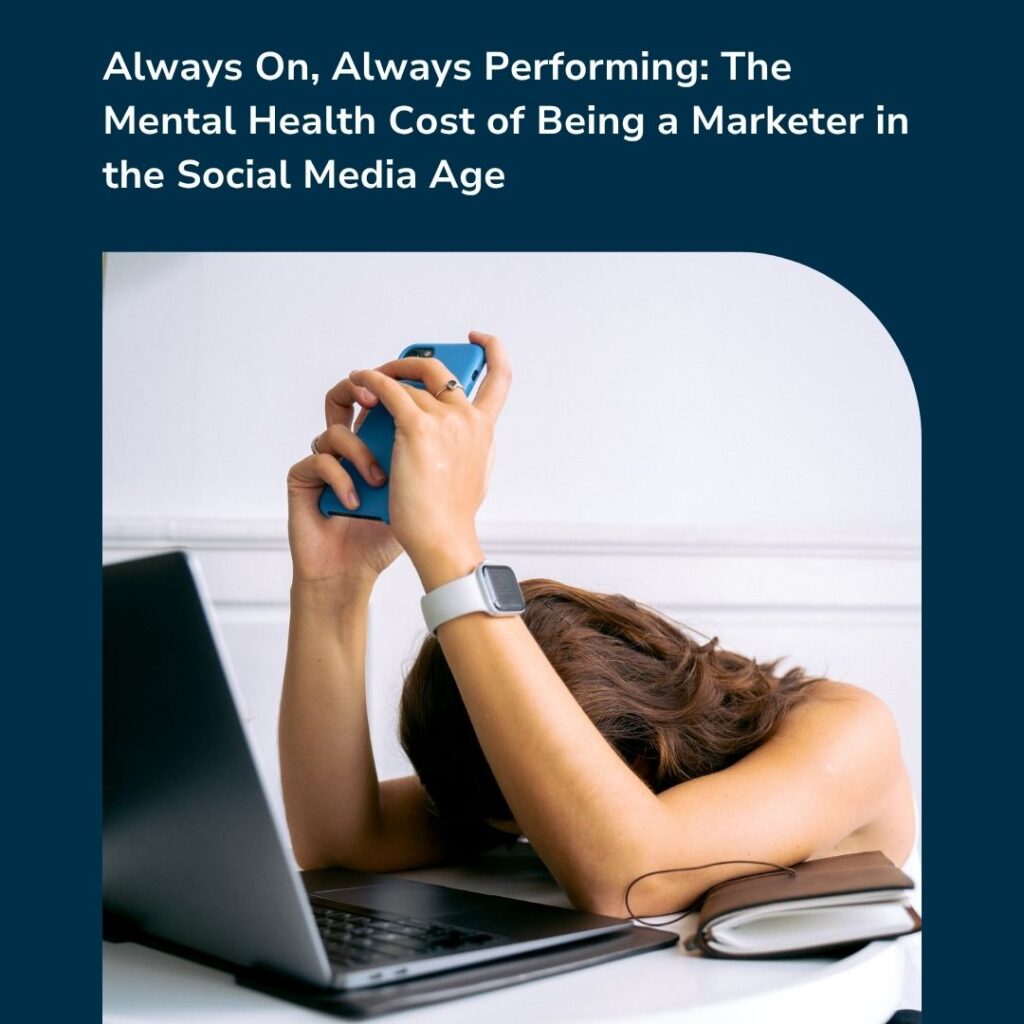Vector images are becoming increasingly popular in graphic design. They have a number of advantages over traditional bitmap images, including scalability and editability.
In this blog post, we will discuss how to use vector images in your designs, and the benefits they offer. We will also provide some tips for working with vector graphics software.
Let’s get started!
What are Vector Images?
A vector image is a type of graphic that is made up of mathematical equations. Vector images can be scaled to any size without losing quality, making them ideal for print and web designs. They are also easier to work with than bitmap images because they allow you to edit individual elements within the design.
Also known as vector graphics, they are usually created using a vector graphics program, such as Adobe Illustrator or Inkscape. Vector images are saved in file formats that end in .ai, .eps, and .svg.
Benefits of Using Vector Images
Vector graphics are becoming increasingly popular for web design, as they offer some unique advantages over bitmap images.
Here are a few reasons why you should consider using vector images on your ecommerce website:
Scalability
Unlike bitmap images, vector images can be scaled to any size without losing quality. This makes them ideal for designs that will be viewed on different devices with different screen sizes.
Versatility
Vector graphics are more versatile than bitmap images because they allow you to easily edit individual elements within the design. You can change colours, shapes, and other design elements without having to start from scratch.
Reduced File Size
Vector images are smaller in file size than bitmap images, which makes them faster to load on webpages. This is important for ecommerce websites, as shoppers expect a fast loading website with minimal lag time.
Compatibility
Vector graphics are compatible with most major design programs and will work on both Mac and Windows operating systems.
Website Load Speed
Vector images help improve website loading speed, as they are small in file size and take less time to download. If you’re using a raster image, it will take longer to load on the page.
Difference Between Raster and Vector Files
Images in the file format of .jpg, .png, .gif, .tiff, etc are raster images. Vector images on the other hand are in formats of .ai, .cdr, .eps, .svg.
Raster files are made up of pixels, while vector files are made up of lines, curves and shapes. When a raster image is scaled, the pixels become distorted and blurry. On the other hand, vector images can be scaled to any size without losing quality. This makes them ideal for print and web designs that will be viewed on different devices with different screen sizes.
A raster is difficult to be converted into a vector image, as the pixel information is not retained. However, a vector image can be easily converted into a raster image, although some of the scalability and editing features are lost.
Tips for Working with Vector Graphics
Working with vector graphics can be intimidating at first, but once you get used to it, it’s easy to create beautiful designs.
Here are a few tips to help you get started:
Get Familiar with Your Software
Before you start creating vector graphics, take some time to get familiar with the software you will be using. This will help you understand how the program works and make it easier to create your designs.
Start Simple
Don’t be afraid to start with a basic design, and build on it as you become more comfortable with the software. Once you feel comfortable, you can start experimenting with more complex designs. Experimenting with tools available in vector graphics programs, will help you learn how to use the program more effectively.
Use a Grid System
A grid system is a great way to make sure your design elements are properly aligned and spaced out. This will help create a cohesive and visually appealing design. When working with vector graphics, it’s also important to work in layers. This will allow you to easily edit individual elements without affecting the entire design.
Take Advantage of Shortcuts
Most vector graphics programs have keyboard shortcuts that can help speed up your workflow. Taking the time to learn these shortcuts will save you a lot of time in the long run.
Keep it Simple
Vector graphics don’t have to be overly complicated or detailed; simple designs can often look better than complex ones. Keep your designs clean and simple, and focus on creating a visually appealing composition.
Use the Right File Format
As mentioned above, vector images are saved in file formats that end in .ai, .eps, and .svg. Make sure you save your work in one of these formats. This will ensure your design is properly scaled and the text is not distorted when printed or viewed on a website.
By following these tips, you can create beautiful vector images for your ecommerce website that are sure to impress your shoppers.
The Bottomline
Vector images offer many advantages over bitmap images, making them a great choice for ecommerce websites. They are easy to edit and scale to any size, and they also help improve website loading speed.
Following the tips in this blog post will help you get started with vector graphics and take your designs to the next level.
With a little bit of practice, you’ll be able to create beautiful vector images quickly and easily.
Good luck!









